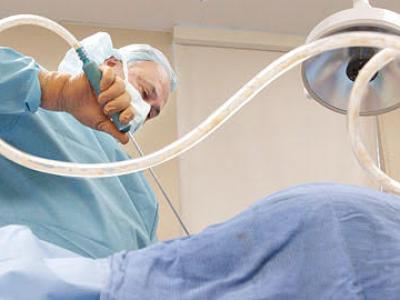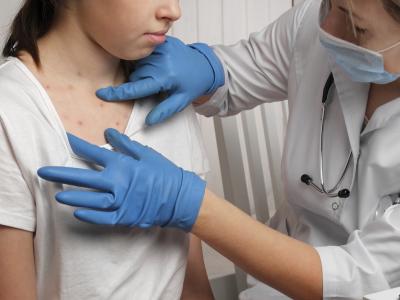Our weekly wrap-up of antimicrobial stewardship & antimicrobial resistance scans
Researchers identify factors that likely spread MRSA on swine farms
A study of recent human and swine cases of livestock-associated methicillin-resistant Staphylococcus aureus (LA-MRSA) in Norway noted that occupational exposure, trade of pigs, and livestock transport vehicles were common routes of transmission.
The researchers analyzed data on three outbreak clusters of LA-MRSA from 2008 through 2014 that included 26 pig farms, two slaughterhouses, and 36 people.
They wrote, "Primary introductions likely occurred by human transmission to three sow farms with secondary transmission to other pig farms mainly through animal trade and to a lesser extent via humans or livestock trucks." They also discovered that all non-cluster human MRSA isolates of the same strain as the outbreak strain—CC398—from the same period were genetically distinct, indicating limited spread of LA-MRSA to the general population.
The authors conclude, "These findings are essential for keeping pig populations MRSA-free and from a One Health perspective to prevent pig farms from becoming reservoirs for MRSA transmission to humans."
Aug 11 Clin Infect Dis abstract
ATC, CDC, IDSA issue new treatment guidelines for tuberculosis
Originally published Aug 11.
In an effort to prevent drug-resistant tuberculosis (TB) infections, the American Thoracic Society, Centers for Disease Control and Prevention (CDC), and Infectious Diseases Society of America (IDSA) issued new guidelines today for treating drug-susceptible TB, including treating patients for HIV and TB.
The guidelines were published in Clinical Infectious Diseases.
The previous TB guidelines, published in 2003, suggested HIV patients wait to begin HIV treatment until they completed treatment for TB. But the authors of the guidelines cite studies that show concurrent treatment for both diseases yields better results. TB infection is a leading cause of death among those with HIV.
Other changes include the recommendation that daily TB treatments begin as soon as the disease is suspected and not delayed until laboratory confirmation. Directly observed treatment (DOT), is also suggested. DOT requires that healthcare providers watch patients take TB medications and is a proven way to increase treatment adherence.
TB is treated for 6 months, and treatment usually consists of four antibiotics drugs. TB is one of the world's deadliest infections: In 2014, 1.5 million people worldwide died from the disease.
Aug 11 Clin Infect Dis article
Aug 11 IDSA press release
Study finds HIV does not promote spread of drug-resistant TB
Originally published Aug 9.
Contrary to previous suspicions, HIV infection does not encourage the emergence and spread of multidrug-resistant tuberculosis (MDR-TB), according to a study based on an analysis ofMycobacterium tuberculosis isolates from patients in South America.
The report, written by a team of Norwegian, British, and Argentinian scientists and published today in eLife, says that MDR-TB is particularly common in areas where HIV infections are also common, but it was not known whether HIV directly promotes drug resistance in M tuberculosis.
The scientists analyzed M tuberculosis genomes from 252 patients in the largest outbreak to date of MDR-TB in South America. The isolates were collected from patients with known HIV status between the mid-1990s and 2009.
The team was able to identify the mutations that enable the bacteria to resist antibiotics, according to an eLife summary of the report. Using a mathematical model to reconstruct the spread of MDR-TB during the outbreak also made it possible to assess who transmitted TB to whom.
The researchers then combined the results of both methods to estimate the length of the TB latency period—the time from infection to infectiousness—and identify patients in whom TB strains evolved resistance mutations, according to an eLife press release.
"The results suggest that M. tuberculosis does not evolve drug resistance any faster in patients with HIV than otherwise," the report summary states. "Furthermore, patients infected with both HIV and tuberculosis did not transmit tuberculosis to others more often than patients who did not have HIV. However, being infected with HIV did increase the likelihood that an individual would contract tuberculosis." HIV also speeded the progression of patients' TB symptoms.
In the press release, the authors observed that HIV provides TB with a pool of susceptible hosts, increasing the rate of co-infection. They said this explains why HIV patients at a major hospital in Buenos Aires, Argentina, played a central role in fueling South America's largest MDR-TB epidemic in the early 1990s.
Aug 9 eLife report
Aug 9 eLife press release













